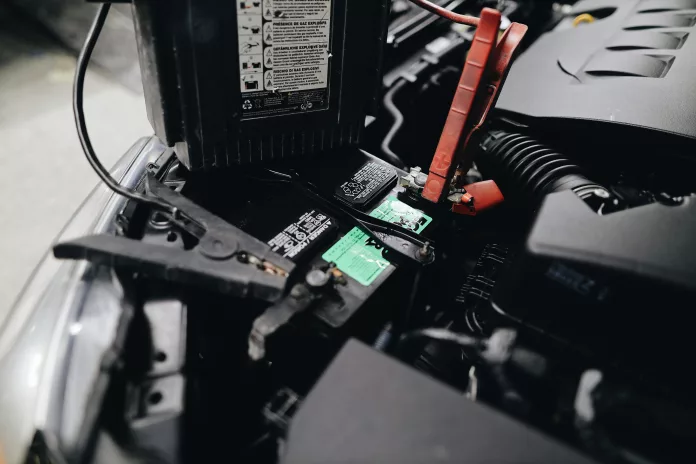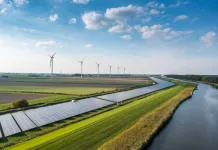The Salton Sea in California has become a focal point following an exhaustive study by the U.S. Department of Energy‘s Lawrence Berkeley National Laboratory, which highlights its potential as a robust domestic source of lithium. Lithium, an elemental cornerstone in the production of batteries for electric vehicles (EVs) and stationary storage, is recognized as a key asset in advancing towards a net-zero emissions economy by mid-century, aligning with the Biden-Harris Administration’s environmental objectives.
Implications for the Electric Vehicle Revolution
Jeff Marootian, an official from the Department of Energy, emphasizes lithium’s critical role in the shift to a decarbonized economy, specifically in achieving President Biden’s ambitious target of 50% electric vehicle adoption over the next decade. The revelation from the Berkeley Lab’s analysis suggests that the Salton Sea could produce staggering amounts of lithium – over 3,400 kilotons – sufficient to power upwards of 375 million EV batteries, surpassing the current number of vehicles in active circulation across U.S. roads.
The Challenge of Domestic Lithium Production
Despite lithium’s importance, the U.S. is largely dependent on imports to fulfill its lithium needs due to limited domestic extraction and production facilities. However, a silver lining is found in geothermal brines, a byproduct of geothermal electricity generation. These brines are often rich in minerals such as lithium and zinc. Tapping into this resource, direct lithium extraction (DLE) technology could forge a path toward harnessing both renewable electricity and a source of domestic lithium, revolutionizing the current state of mineral dependency.
Geothermal Potential and Community Engagement
The Salton Sea’s Known Geothermal Resource Area (KGRA), currently operating at just 400 megawatts, has the latent capacity to jump to 2,950 megawatts. This amplification in geothermal activity not only boosts electricity generation but also plays a pivotal role in unlocking lithium reserves. Aware of the environmental footprint, the study does not overlook the evaluation of water use, air emissions, and solid waste impacts. It acknowledges the crucial voice of local communities, ensuring that their insights and concerns inform future developments.
California’s Lithium Riches and Legislative Action
California’s Salton Sea KGRA has been recognized for its unusually high lithium concentrations, prompting state legislative action to further explore and promote geothermal energy and lithium extraction processes. This proactive approach only cements the area’s significance as a global leader in lithium deposits contained within geothermal brines.
DOE’s Commitment to Sustainable Lithium Extraction
The Department of Energy actively funds various initiatives, such as the lithium quantification report, to propel the advancement of lithium extraction from geothermal brines. This also includes the American-Made Challenges Geothermal Lithium Extraction Prize and a collaborative research and development program aimed at refining the extraction and conversion of battery-grade lithium. These initiatives are part of a larger investment strategy by the DOE to fortify critical material procurement, reflecting a concerted push toward bolstering domestic supply chains and nurturing a burgeoning battery manufacturing sector, complete with a Critical Materials Collaborative and Accelerator Program.
With all eyes on the Salton Sea KGRA, the future looks electric for the United States as it taps into the lithium wealth lying beneath its own lands, turning geological potential into green economic success.

























